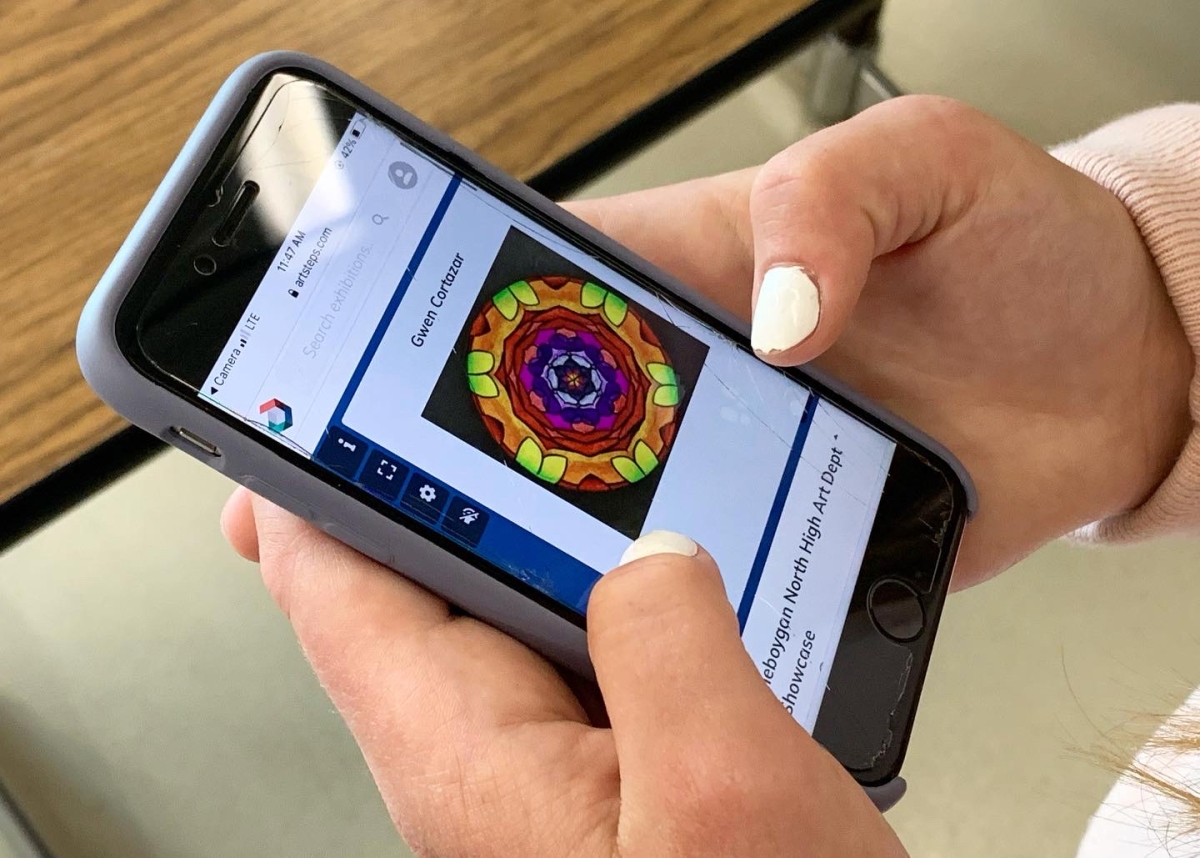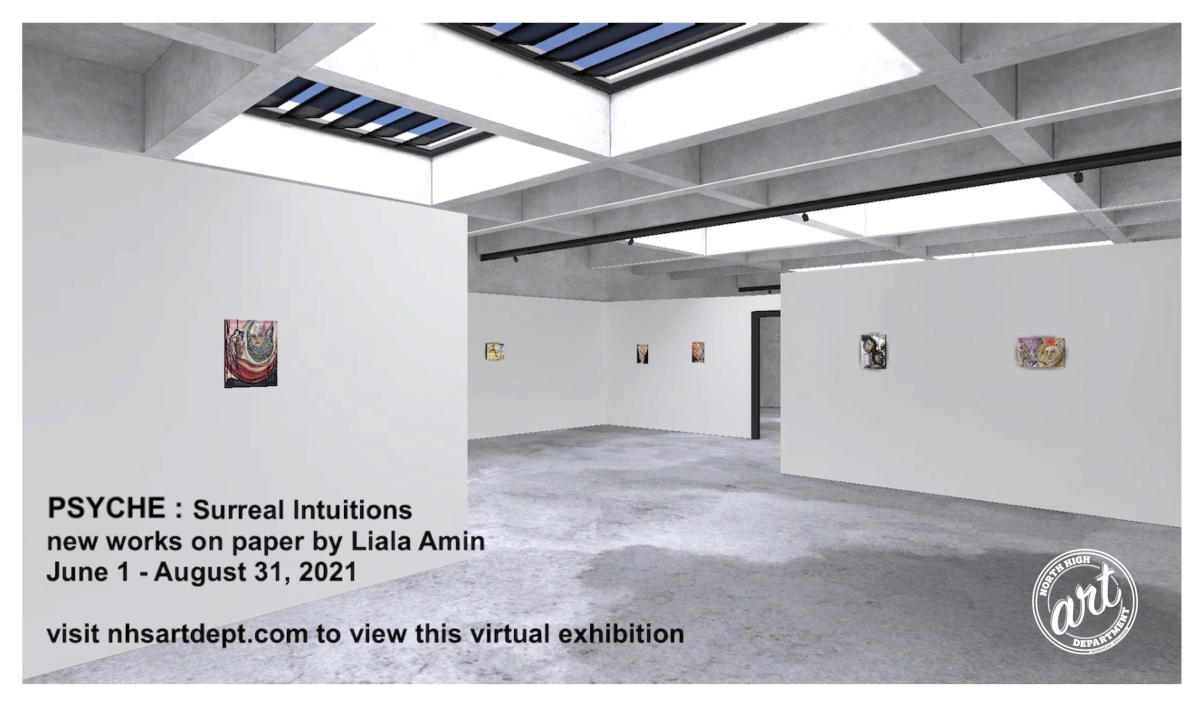
The pandemic changed the way we navigate the field of art education. It has carved a pathway for creative problem-solving centered on the implementation of digital tools and platforms aimed to revisit and redesign an artist-in-residency program in a secondary art setting.
When the pandemic and teaching started to coexist, new vocabulary entered our profession. Terms such as viewing room, virtual reality, interactive experience, digital content, and digital platform became part of our everyday language. The way we communicate with students became more diversified yet complex. There is something to be said about transforming a traditional art curriculum into a modern snapshot of how art education continues to evolve inside the classroom becoming more equitable and inclusive for all student learners.
Teaching with a hybrid mindset these past two (school) years has allowed the opportunity to experiment and do a deep dive into how I present art curriculum to high school art students and how I communicate it with administration, staff, parents, and the broader community. Through daily use of digital tools and researching, engaging in online experiences have become motivating and meaningful by widening the possibility to include artists virtually into the classroom, curriculum, artist talks, and our artist-in-residency program. In what ways do we take what we learned from the recent past and use it to our advantage as we continue to move forward? I often wonder what the future of art education could look like for our art program?

The Sheboygan North High Artist-in-Residency Program has been an integral part of our arts programming since the fall of 2014. Past artists have collaborated with staff and students through various ways by integrating their art and creative process into various content areas, expanding the student experience in the field of the arts, fostering creativity, and presenting to staff new ideas and art-driven strategies. All of which have been in-person until now. This leads to the question, “Where do I begin redesigning an artist-in-residency program to meet the demands of today’s educational needs?” Before I address this question, it is important to think about the impact that COVID-19 has had on our profession and what technological implementations or solutions were designed to address this rapid shift into the hybrid world. What did we learn? In what ways did we adapt? Are we still using digital tools or did we find ourselves returning to our old habits?
Starting this process begins with an honest assessment of how things transpired. It provides a pathway to re-evaluate the effectiveness of our artist-in-residency program and how it can overcome programming challenges. Would I put a pause to this programming until we return back to ‘normal’ or use this as an opportunity to experiment?
Subscriber submission: Frank Juarez, Art Department Chair at Sheboygan North High School